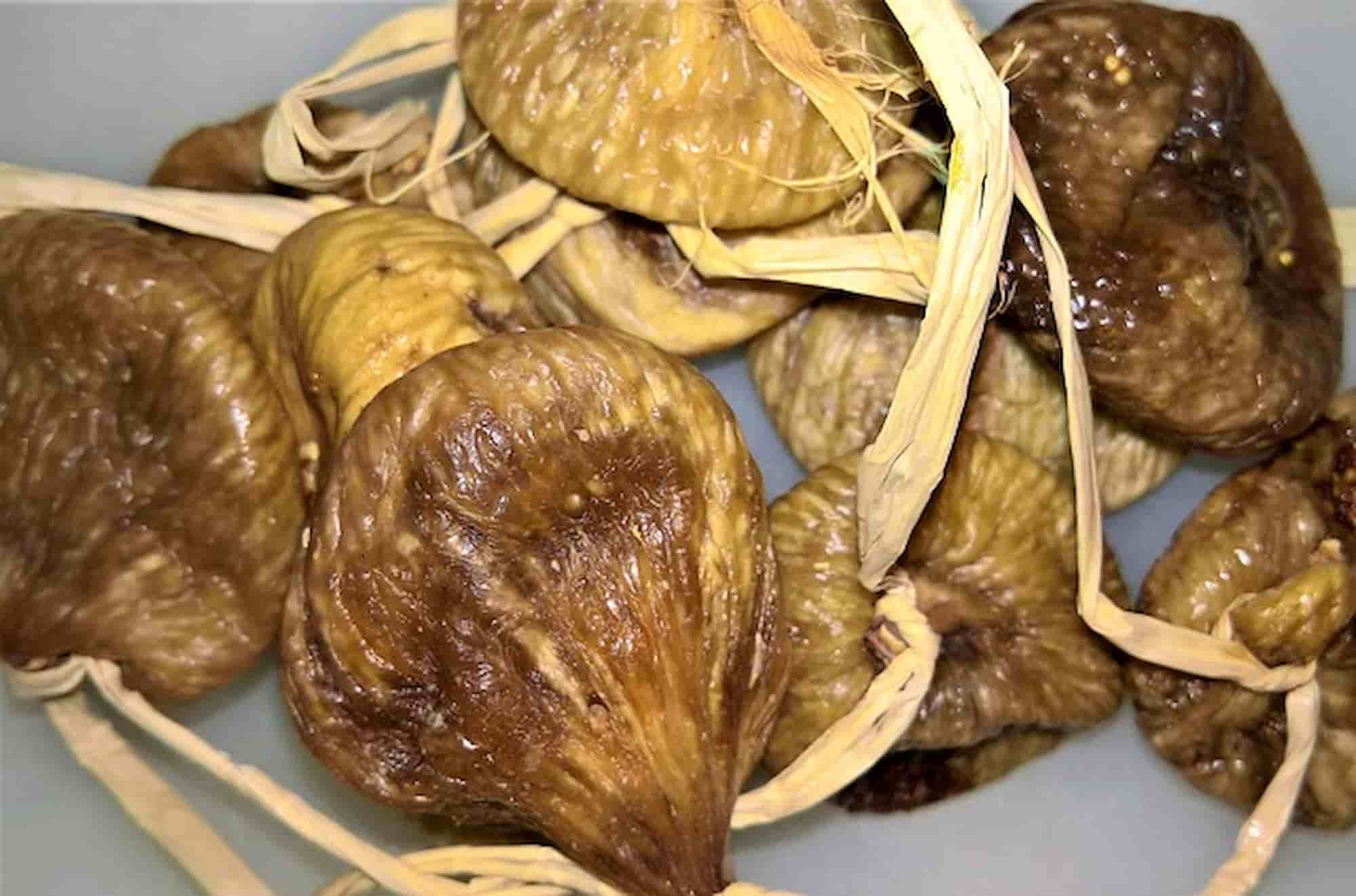
How to dry figs?
Our tips on drying methods and fig tree varieties that produce the best dried figs
Contents
Rich in sugar and sunshine, dried figs are closely linked to the Mediterranean. In fact, they are mainly produced around the Mediterranean. Yet, it’s very easy to dry your own figs, harvested from July to October depending on variety, often in abundance. Besides, figs contain antioxidants, fibre and nutrients. And they will allow you to prolong summer again and again. Discover with me how to dry figs using three different methods: in the sun, in a dehydrator or in the oven. And above all which varieties to choose to obtain succulent dried figs?
A few words about the fig tree
Undemanding fruit tree regarding maintenance and soil, fig tree benefits from a wide range of varieties that allow it to acclimatise to all regions of France, north or south of the Loire. Also discover our advice sheet: How to choose a fig tree? Hardy down to -15 °C, fig tree only needs good sun exposure and shelter from cold winds.
While fig trees are distinguished by fruit colour, from white to green through red, purple and black, they also differ in harvest period. Single-harvest varieties produce one harvest per year, from August to October, and biferous varieties offer two harvests, in July and in autumn. Some varieties are also self-fertile and do not require presence of other fig trees or the blastophage, a pollinating insect. To make the right choice, these factors should therefore be taken into account.
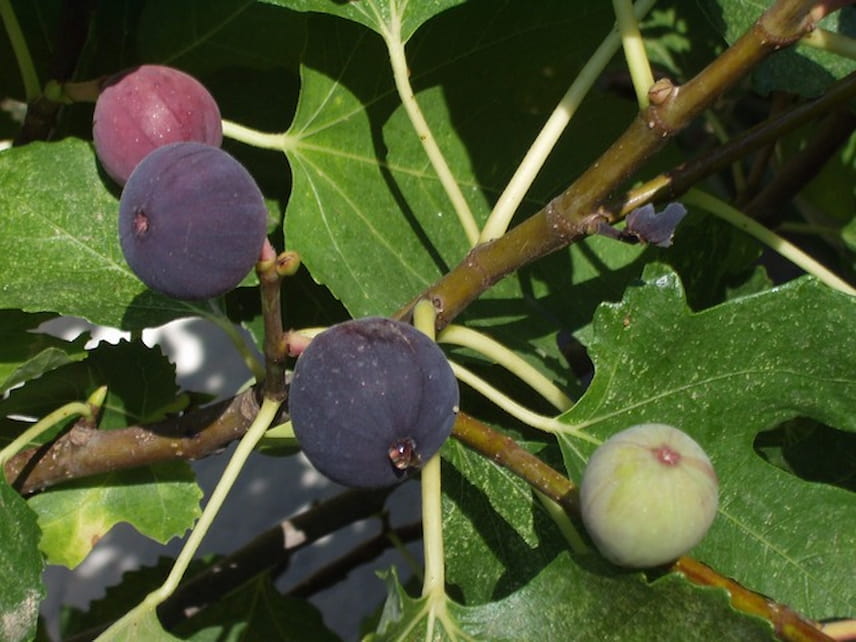
Figs are harvested from July to October depending on variety
However, one may also want to grow a fig tree to make your own home-dried figs. To succeed in making dried figs with an incomparable taste, it is essential to choose very sweet figs that dry well and retain their flavour.
Best fig tree varieties to make dried figs
No fig resembles another. Whether round, pear-shaped, more or less fleshy, more or less firm, sweet, fragrant, juicy… fig is a fruit to be eaten raw, just harvested, or cooked in tarts, jam, compote, chutney… It’s also fruit that lends itself easily to drying, provided the most suitable variety is chosen.
To obtain a dried, firm and flavoursome fig, it is important to choose figs rich in sugar and not too juicy since drying figs involves evaporating, by various techniques, the water that makes up 80% of the fruit. As for fruit size, this also comes into play: small fruits are dried whole, larger ones halved.
Let’s take a brief overview of the best fig varieties for drying :
- Fig tree Goutte d’Or produces fairly large fruits with very sweet flesh and golden-yellow skin. It’s a biferous variety with habit suited to small gardens whose fruits reach ripeness in early July and mid-August.
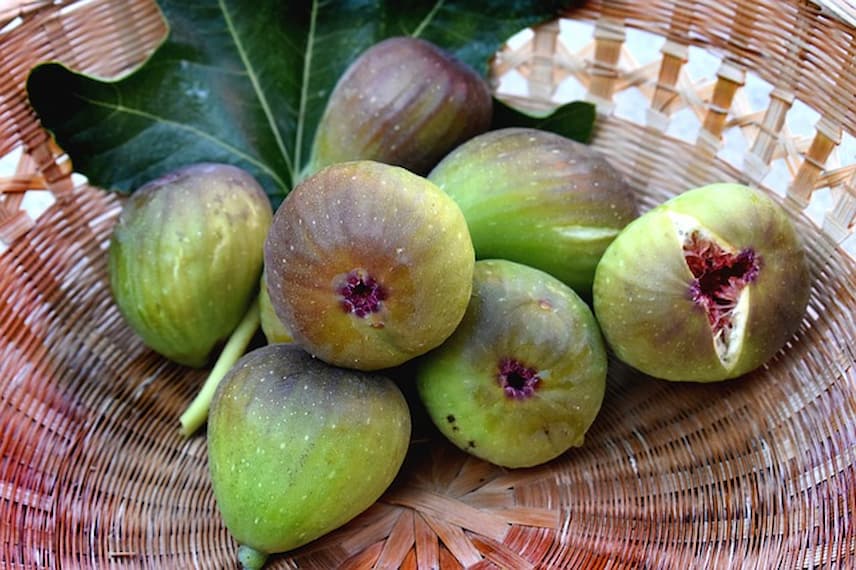
Fig Goutte d’Or is ideal for drying
- Fig tree Noire de Caromb yields fruits of outstanding flavour, with bluish-purple skin and red, very sweet flesh. It’s a very productive biferous variety that resists humidity.
- Fig tree Panachée produces in mid-August medium-sized fruits with variegated yellow-and-green skin that is relatively thick and red flesh. It’s a vigorous variety that can reach 6 to 8 metres.
- Fig tree Noire de Bellone offers medium-calibre fruits with almost black skin and red flesh. Self-fertile variety, uniferous and fruits in mid-August.
Varieties such as Violette Dauphine, Brown Turkey, Madeleine des 2 saisons or Rouge de Bordeaux, also called Pastilière, are best eaten fresh or made into jam.
Discover other Fig trees
View all →Available in 0 sizes
Available in 1 sizes
Available in 3 sizes
Available in 3 sizes
Available in 3 sizes
Available in 4 sizes
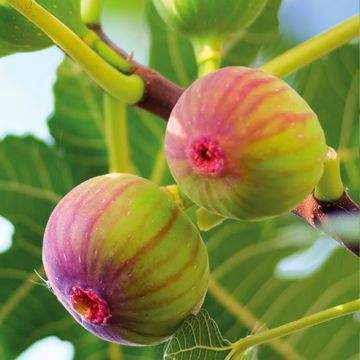
Available in 1 sizes
Available in 3 sizes
Available in 2 sizes
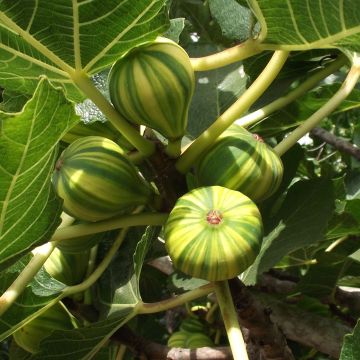
Available in 2 sizes
How to dry figs in the oven?
It is perfectly possible to dehydrate figs in the oven without actually cooking them. Admittedly, it takes some time but the drying will be perfect. The secret is a very low temperature.
Steps to make soft, smooth dried figs :
- Preheat oven to 50 °C. If your oven does not offer this temperature, choose the lowest setting and leave the door ajar.
- Cut the fruits, which have been washed and patted dry with absorbent paper, in half if large. Leave smaller ones whole. Remove stems.
- Place them on the oven shelf, cut side up, ensuring they do not touch.
- Dry the figs in the oven for 36 hours, turning them halfway through.
- Allow dried figs to cool before storing.
How to dry figs in a dehydrator?
It’s the ideal household appliance for dehydrating fruits and vegetables because the operation is much faster than the oven. Simply wash the figs, dry them and cut the stem as short as possible. Larger fruits should be split in two.
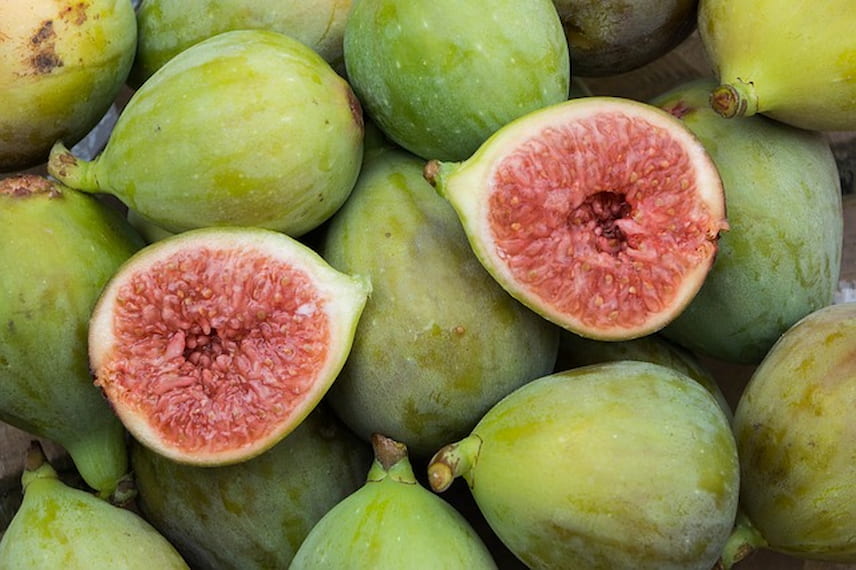
Larger figs can be cut in half before drying.
Then place them on the short stem of bulb of the dehydrator and set it to 40 °C. Depending on the model, drying can take from 4 to 20 hours.
Natural sun-drying of figs
This is, above all, traditional drying, which nevertheless requires some patience and consistency. You also have to contend with sometimes unpredictable weather in certain regions. Because by definition, to dry figs in the sun you need sun! Lots of sun even. And an atmosphere with no humidity. In recent years, with heatwaves tending to settle across France, why not try drying your figs in the sun?
How to do it?
- Wash and dry carefully figs picked fully ripe, almost shrivelled. Remove the stalk and cut them in half if large.
- Spread them so they do not touch, on a reed drying rack, an oven grid or a crate. Place the stem end up. Cover with a stamen that lets air pass but protects the fruit from insects.
- Put the rack in the sun all day and bring it in at night so the figs are not subjected to morning dew. Store them overnight in a warm room.
- Turn the figs each morning and remove any damaged fruit.
- Depending on degree of humidity, intensity of the sun’s ray florets and presence of wind, the figs will dry in the sun between two days and two weeks.
How to store dried figs?
To enjoy your dried figs for as long as possible, you need to store them in a completely airtight container, plastic or glass, in a tin box, or even a closed freezer plastic bag.
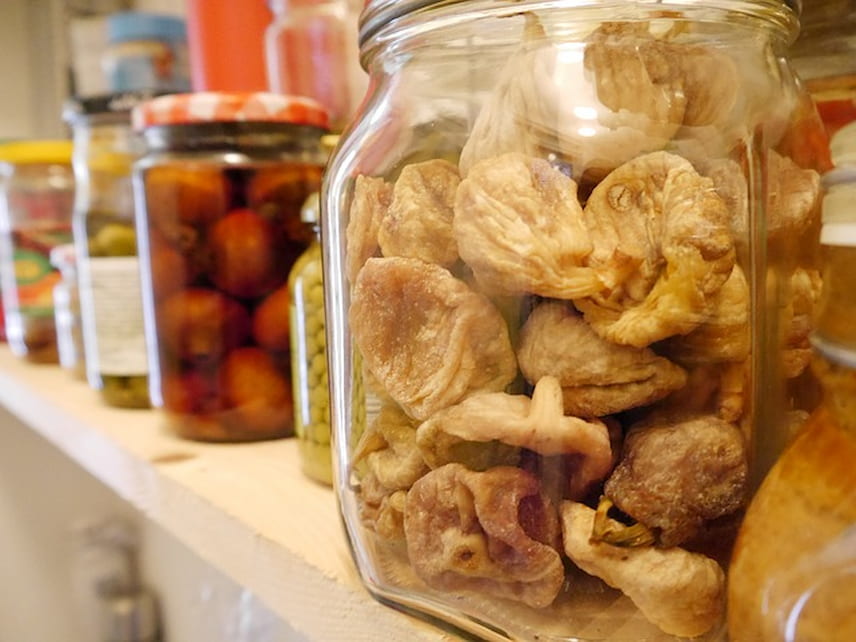
Store them in the fridge or in a dry place away from light for up to one year. Don’t forget to write the drying date on a small label.
- Subscribe!
- Contents
































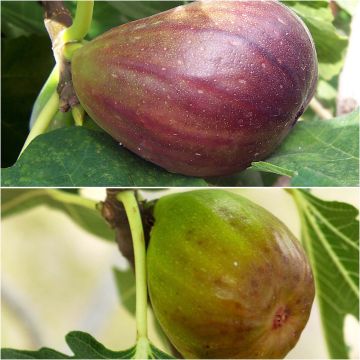
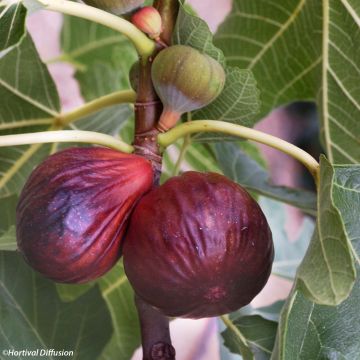
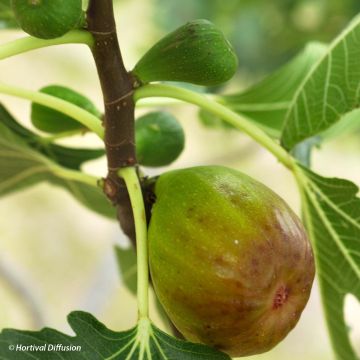
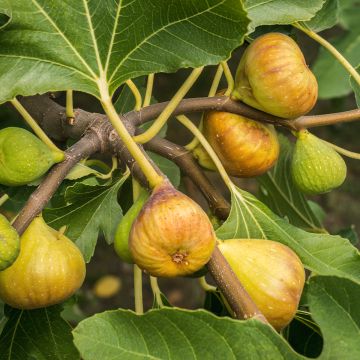
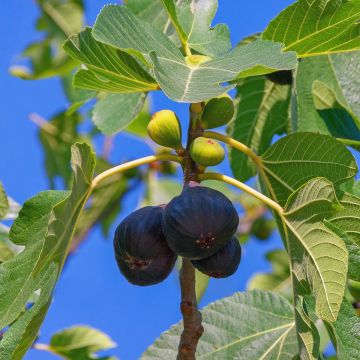
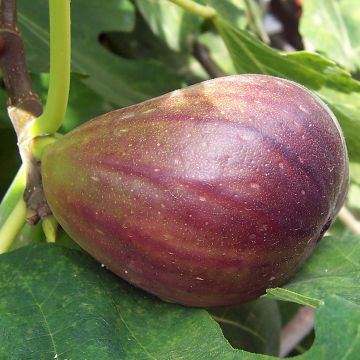
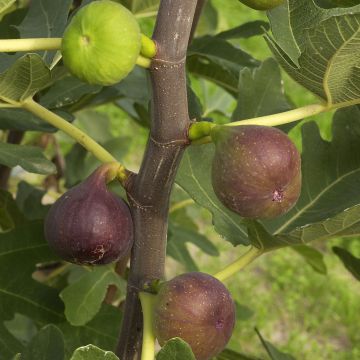
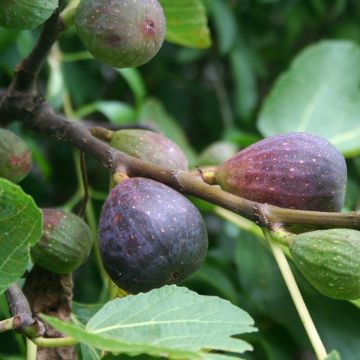
Comments